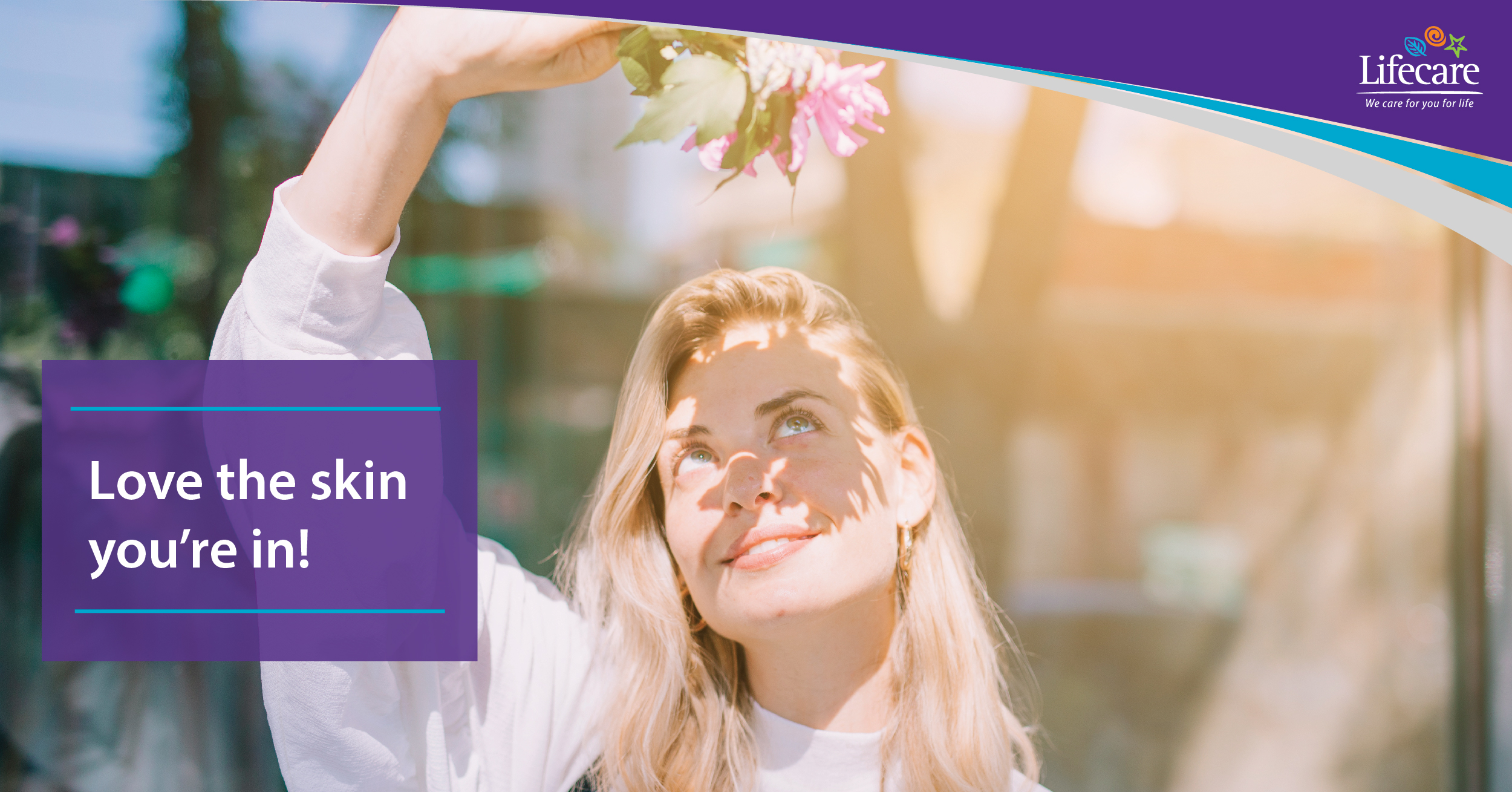With May being Skin Cancer Awareness Month, Lifecare looks at the need-to-know info on sun safety, and how to avoid and spot skin damage and abnormalities
The prognosis for skin cancer is incredibly reassuring, with the Skin Cancer Foundation confirming the five-year survival rate of melanoma (the most serious form of skin cancer) to be 99%. However, skin cancer is becoming more common. Over the past decade (2011 to 2021), the number of new invasive melanoma cases diagnosed annually increased by 44%, and it is expected to increase by a further 5.8% this year.
With approximately 90% of non-melanoma skin cancers being linked with exposure to ultraviolet (UV) radiation from the sun, we must do more to spread awareness on how preventable skin cancer can be – provided we know the facts.
Lifecare asked Dr Varsha Arun, Specialist Dermatologist from our allied partner, HealthHub Clinic in Dubai, for her expert insight into sun safety and skin cancer prevention.
We are told that sun exposure is both good and bad for us. What is the right balance?
Regular sun exposure is the most natural way for our bodies to get enough vitamin D, but unprotected or extended sun exposure can lead to damage to the skin and eyes. Non-burning exposure to sunlight is good. To maintain healthy blood levels of vitamin D, aim to get between 10 and 30 minutes of sunlight several times per week, depending on your skin type.
Which skin types should have more, and which should have less sun exposure?
Someone who burns easily in the sun and has pale/fair skin with blonde or red hair and light eyes may only need five minutes of daily sun exposure outside of peak hours (usually 11am to 3pm) to achieve adequate vitamin D levels. In contrast, someone who tans more easily or has darker skin will need more time, maybe 20 to 30 minutes. Exposure to a small amount of UV rays results in the production of vitamin D without sunburn. It is important to note that exposure to a higher dose does not result in higher amounts of vitamin D, but can often lead to sunburn, blistering and peeling, which increases the risk of skin cancer.
Are certain people at higher risk of developing skin cancer than others?
Sun exposure can lead to skin malignancies, especially in people with fair or freckled skin that burns easily, light eyes and blonde or red hair. Darker-skinned individuals are also susceptible to all types of skin cancer, although their risk is lower. In addition to the complexion, other risk factors include having a family history or personal history of skin cancer, having an outdoor job, those who are on immunosuppressive medications, after organ transplant and those living in a sunny climate. A history of severe sunburn and an abundance of large and irregularly-shaped moles are also risk factors unique to melanoma.
What are the most common signs of skin melanoma, and how should we check for it?
The most common warning sign of skin cancer is a change on the skin, typically a new mole, a new skin lesion or a change in an existing mole. Melanoma usually appears as a pigmented patch or bump. It may resemble a normal mole but usually has a more irregular appearance, which could increase in size or thickness and/or appear pearly, translucent, tan, brown, black, or multi-coloured. Other irregular skin conditions include a new red or darker flaky patch that may be raised; a new flesh-coloured firm bump; an open sore that doesn’t heal and a spot or sore that continues to itch, hurt, crust, scab, erode or bleed.
Should we visit a doctor purely to check our skin?
As part of a complete early detection strategy, the Skin Cancer Foundation recommends that we see a dermatologist once a year, or more often if you are at a higher risk of skin cancer, for a full-body, professional skin exam. If you notice any changes in your skin that worry you, contact your doctor at once. It is important to perform regular skin checks to notice any new spots or changes in existing lesions.
What are your top 5 tips to stay safe in the sun?
That would be the 5 Ss – Slip, Slop, Slap, Slide and Shade.
- Slip on a t-shirt: Clothing should cover as much skin as possible. A closer weave material will provide more protection, and always keep shoulders covered as they can burn easily.
- Slop on SPF 30+ broad-spectrum UVA sunscreen and lip balm: All sunscreens should be reapplied at least every two hours, and more regularly if you are perspiring or swimming.
- Slap on a broad-brimmed hat: Always wear a hat with a wide brim that shades the face, neck and ears.
- Slide on quality sunglasses: Look for the European CE mark, which indicates a safe level of protection and ensure they are close-fitting and wrap around your eyes to stop solar UV rays from entering via the sides and top.
- Shade: Seek shade whenever possible, particularly at the hottest times of the day (usually 11am to 3pm when UV penetration is strongest. Never rely on shade alone; always combine with personal protection measures.
Lifecare connects clients with skin specialists and a wide range of experts to assess their health concerns. For more information, contact us by email to: CuraCorporate@lifecareinternational.com.

